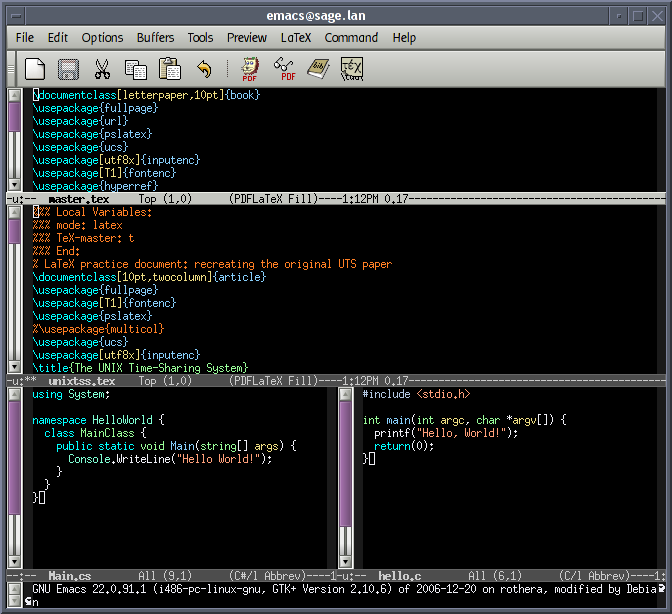
The AI working group has now been established. For an introduction into what is AI see the Wikipedia entry on this at: https://en.wikipedia.org/wiki/Artificial_intelligence . Simple AI is not the focus of this working group. That is more inline with the Linux working group or computing in general. Computing and telecommunications have long been associated with one another at least since the Second World War (Bletchley Park)
Learning About Artificial Intelligence
There is no getting around this, one will have to start learning Python. Python is a programming language that is very common at the present. It is derived from the programming language C. Specifically Python 3.x is to be used. We need to be careful about resources out there in that some are oriented towards Python 2.x and there are significant differences with Python 3.x. Generally anything released after 2008 should be a good source. Python 2.x has been discontinued since 2020 (Python 2.7.18 was the last release). At the moment I am running Python 3.11.0. I encourage you to read the Wikipedia entry (https://en.wikipedia.org/wiki/Python_(programming_language) ) and look at its sources. The Python official website is at https://www.python.org/ .

Python is open source (which means it is free). Options:
- Take an old Laptop and install a Linux operating system (see: Linux project). For installation assistance of the operating system, make use of the Internet and YouTube. Most Linux distributions come with Python installed. When installed, check the version. If necessary you may need to update it (especially if it is not version 3.x). You may also consider installing an Integrated Development Environment (IDE) such as shown in Figure 2. A simple editor could work, however that is probably for more experienced users and users who veer towards minimalism (some amateur radio applications go in that direction). One can also access python directly from the console or terminal in Linux. Our recommendation is to go with the Linux installation on an old obsolete laptop (perhaps one of those ones not capable of running Windows 10 or 11). This will give you a chance to experiment or "play" with the system at minimal expense, breathe new life into a laptop that is heading for "silicon heaven" - and show-off how nerdy you might be but at the same time saving the environment (by not generating e-waste gratuitously.
- Install a Python IDE into your current computer. This may offend your computer's security system. Details for Windows can be found at: https://www.python.org/downloads/windows/ . Details for the Mac OS can be found at: https://www.python.org/downloads/macos/ . There are some commercial vendors out there too. Although I have been using Windows for years, I find that as I explore Linux, I am learning a great deal about Windows systems. As a user, I have never really bothered to look into how Windows is set up or configured. I think that is probably quite common. For this reason we recommend against this approach unless you really know what you are doing in Windows or MAC - in case you "break" them. I tried to install Python IDE in Windows but I halted when security warnings came up.
- Work Online. I am a beginner in all of this and it is increasingly evident there is a great deal of information online regarding AI and how to learn about what is AI (i.e. what is under the hood/bonnet). Google Colab provides a resource that includes instruction sheets and an online working terminal for python. It is based on Jupyter notebooks. On YouTube there are many instructional videos on Python, AI and computer science. PyTorch is an important resource and many of the online lessons are derived from its documentation. PyTorch is particularly focused on Large Language Models (LLMs), whatever those might be... Google Colab has the processing power of a high-end computer and it can be augmented (for a subscription). The free version is apparently suitable for early learners. Another source of information is the GitHub repository. This is the approach I am taking as I work through one of the videos on YouTube (it is 24 hours long...) that is based on Colab, PyTorch and GitHub.
Conclusion
This page is a work in progress. How is generative AI important to the amateur radio service? (we are always speaking of generative AI rather than simple AI such as FT-8) I put that to ChatGPT 3.5 (i.e. AI). Then I put this to ChatGPT: "Generate an MP3 file that simulates auroral flutter of a CW amateur radio QSO". It took a while to respond. The record, including the link to the MP3 file is at:


